Home>diy>Building & Construction>What Does Subgrade Mean In Construction
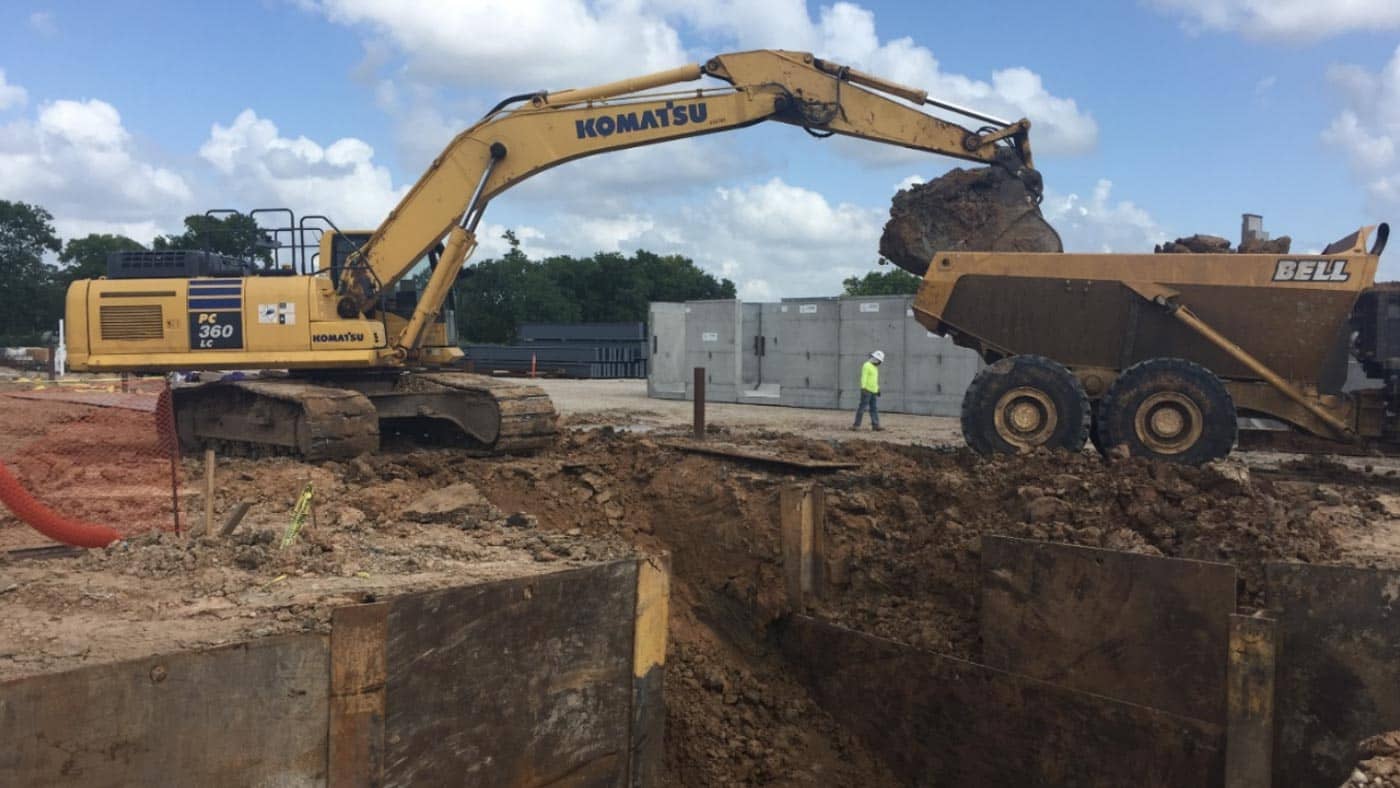

Building & Construction
What Does Subgrade Mean In Construction
Modified: December 7, 2023
Learn the meaning of subgrade in building construction and its importance in ensuring stable and durable structures. Enhance your knowledge of construction terminologies.
(Many of the links in this article redirect to a specific reviewed product. Your purchase of these products through affiliate links helps to generate commission for Storables.com, at no extra cost. Learn more)
Introduction
In the world of construction, every project begins with a strong foundation. This foundation is not just limited to the physical structure, but also includes the ground beneath it. The quality and stability of the ground, known as the subgrade, play a crucial role in the success and longevity of any construction project.
So, what exactly does subgrade mean in construction? In simple terms, the subgrade refers to the natural soil or existing ground upon which a construction project is built. It is the layer of soil or aggregate that supports the weight of the structure and provides a stable base for the entire construction.
The subgrade acts as the primary layer that transfers the load from the structure to the ground. Whether it’s a small residential building or a large commercial complex, the subgrade plays a significant role in ensuring the structural integrity and stability of the entire project.
Now that we have a basic understanding of what subgrade means in construction, let’s delve deeper into its importance and the factors that affect its performance.
Key Takeaways:
- The subgrade in construction refers to the natural soil or prepared surface on which a building is constructed, playing a crucial role in load distribution, structural stability, and drainage management.
- Proper subgrade preparation, including soil assessment, compaction, and drainage, is essential for creating a stable foundation, ensuring the long-term success of construction projects.
Definition of Subgrade in Construction
In construction, the term “subgrade” refers to the natural soil or prepared surface on which a building or infrastructure project is constructed. It is the lowest layer of the foundation and serves as the platform for the structure. The subgrade provides support and distributes the load from the structure to the underlying soil.
The subgrade can be composed of different types of soil, such as clay, silt, sand, or gravel, depending on the location and geological conditions. It is essential for the subgrade to have sufficient strength and stability to withstand the loads imposed by the structure and resist deformation.
The quality and characteristics of the subgrade play a crucial role in determining the overall performance and durability of the construction project. A well-prepared and properly engineered subgrade will ensure the stability of the structure, prevent ground settlement, and minimize the risk of structural damage over time.
During the construction process, the subgrade is typically prepared by removing any existing vegetation, debris, and unsuitable materials. The subgrade may also undergo various treatments and enhancements to improve its strength and stability, such as compaction, stabilization, or the addition of geosynthetic materials.
It’s important to note that the subgrade is just one component of the overall foundation system. It is usually combined with other layers, such as subbase or base materials, to create a robust foundation for the structure.
Overall, the subgrade acts as the interface between the structure and the underlying soil. It provides a stable and load-bearing platform for construction projects of all types and sizes. Understanding the definition and significance of the subgrade is essential for ensuring the success and longevity of any construction endeavor.
Importance of Subgrade in Construction Projects
The subgrade serves as the crucial base for any construction project, playing a vital role in the overall stability and longevity of the structure. Understanding the importance of the subgrade is essential for delivering successful construction projects. Here’s why the subgrade is crucial:
- Load Distribution: The subgrade distributes the weight and load from the structure evenly across the ground. It acts as a support system, ensuring that the load is dispersed efficiently, preventing localized stress or settlement that could lead to structural damage.
- Structural Stability: A strong and stable subgrade is essential for maintaining the structural integrity of the building or infrastructure. It prevents excessive movement or settlement, ensuring that the structure remains level and free from cracks or other structural issues.
- Prevention of Soil Erosion: The subgrade serves as a barrier that prevents soil erosion. It helps retain the soil in place and protects the foundation from being compromised by shifting or eroding soil, especially in areas with heavy rainfall or sloping terrains.
- Uniform Foundation Support: A properly prepared subgrade ensures that the entire foundation receives uniform support. This is crucial for minimizing differential settlement, which can lead to uneven floors, cracked walls, and other structural problems.
- Drainage and Moisture Control: The subgrade plays a role in managing water drainage and moisture control. Inadequate subgrade preparation can result in poor drainage, leading to pooling water and potential damage to the structure’s foundation and surrounding areas.
- Impact on Construction Costs: The quality of the subgrade can have a significant impact on construction costs. A poorly prepared subgrade may require additional measures, such as soil stabilization or extra foundation work, incurring unnecessary expenses. On the other hand, a well-engineered subgrade can reduce construction costs by providing a stable base that requires minimal additional treatments.
By understanding the importance of the subgrade in construction projects, contractors and engineers can prioritize proper subgrade preparation. This includes conducting thorough soil tests, implementing suitable stabilization techniques, and ensuring that the subgrade meets the project’s specific requirements. Investing time, effort, and resources into subgrade preparation can ultimately lead to a more durable and successful construction project.
Factors Affecting Subgrade Performance
The performance of the subgrade in a construction project can be influenced by various factors. Understanding these factors is crucial for proper subgrade preparation and ensuring the long-term stability of the structure. Here are some key factors that can affect subgrade performance:
- Soil Type: Different types of soil have varying characteristics, including their load-bearing capacity, drainage properties, and susceptibility to shrinkage or swelling. Clay soils, for example, tend to undergo significant volume changes with changes in moisture content, which can impact subgrade stability. The type and properties of the soil in the construction site will greatly influence subgrade performance.
- Moisture Content: Moisture content in the soil plays a crucial role in subgrade performance. Excessive moisture can cause soil instability, leading to settlement, heave, or even landslides. In contrast, overly dry soil can become brittle, affecting its load-bearing capacity. Proper drainage and moisture control measures are essential to maintain optimal subgrade performance.
- Compaction: The degree of soil compaction directly affects the subgrade’s strength and stability. Insufficient compaction can result in settlement and deformations over time, while excessive compaction can lead to soil densification and reduced load-bearing capacity. Achieving the appropriate level of compaction is crucial for optimal subgrade performance.
- Presence of Organic Materials: Organic materials, such as vegetation, roots, or decaying matter, can have a detrimental impact on subgrade performance. They can decompose and create voids in the soil, leading to settlement and instability. Proper removal and treatment of organic materials are essential for a stable subgrade.
- Groundwater Level: The proximity of the groundwater table to the subgrade can significantly impact its performance. High groundwater levels can lead to saturated soil conditions, compromising the load-bearing capacity. Additionally, water pressure against the subgrade can cause instability and slope failure. Adequate drainage systems and groundwater management are crucial to mitigate these effects.
- Environmental Conditions: Environmental factors, such as temperature variations, freeze-thaw cycles, and seismic activity, can affect subgrade performance. These conditions can cause soil expansion, contraction, and movement, leading to stress and potential damage to the subgrade and the structure above it. Proper design and construction techniques that account for the specific environmental conditions of the site can help mitigate these effects.
Considering these factors and conducting comprehensive site investigations, soil testing, and engineering analysis are vital for evaluating and understanding the subgrade’s behavior. This information allows engineers to implement appropriate measures to enhance subgrade performance and ensure the stability and durability of the construction project.
The subgrade in construction refers to the compacted soil or aggregate base layer beneath a pavement or foundation. It is essential to ensure proper compaction and stability to support the overlying structure.
Subgrade Preparation in Construction
Proper subgrade preparation is crucial for ensuring the stability and longevity of any construction project. It involves a series of steps and techniques aimed at creating a strong and stable base for the structure. Here are the key aspects of subgrade preparation in construction:
- Site Assessment: Before starting subgrade preparation, a thorough site assessment is essential. This includes evaluating the existing soil conditions, conducting soil tests, and identifying any potential challenges or risks that may affect subgrade performance. The site assessment helps determine the appropriate measures and techniques needed for subgrade preparation.
- Clearing and Grubbing: The first step in subgrade preparation is the removal of any existing vegetation, debris, and unsuitable materials from the construction site. This includes clearing the area of trees, shrubs, rocks, and other obstructions, ensuring a clean and level surface for the subgrade.
- Soil Excavation and Grading: The next step involves excavating the soil to the desired depth and creating a uniform surface through grading. This ensures that the subgrade has the required thickness and smoothness for proper load distribution. Proper compaction and moisture control should be considered during this stage.
- Compaction: Compaction is a critical step in subgrade preparation. It involves using mechanical compaction equipment, such as compactors or rollers, to densify the soil layers. The goal is to eliminate air voids, increase soil density, and enhance load-bearing capacity. Proper compaction techniques and testing protocols should be followed to achieve the desired level of compaction.
- Stabilization: In some cases, the existing soil may not have the necessary strength or stability to support the structure adequately. In such instances, stabilization techniques may be employed. This can involve adding lime, cement, or other additives to improve soil cohesion and strength. Stabilization helps mitigate potential settlement or instability issues and enhances subgrade performance.
- Drainage: Adequate drainage is vital in subgrade preparation. Installing proper drainage systems, such as sub-surface drains or French drains, helps prevent the accumulation of water within the subgrade. Effective drainage reduces the risk of soil erosion, moisture-related damage, and instability, ensuring the long-term stability of the structure.
Throughout the subgrade preparation process, it is essential to closely monitor and test the soil conditions. This includes conducting compaction tests, moisture content analysis, and other relevant evaluations to ensure that the subgrade meets the required specifications and standards.
By investing time and resources into proper subgrade preparation, construction projects can establish a strong and stable foundation. This foundation sets the stage for the successful construction and long-term performance of the structure.
Read more: What Does Masonry Construction Mean
Common Techniques for Improving Subgrade Stability
In construction projects, achieving and maintaining subgrade stability is crucial for the overall performance and longevity of the structure. Various techniques are employed to enhance the stability of the subgrade, ensuring its ability to withstand loads and resist deformation. Here are some common techniques used for improving subgrade stability:
- Soil Stabilization: Soil stabilization involves treating the subgrade soil to improve its engineering properties and stability. This technique is especially useful for subgrades with poor load-bearing capacity or problematic soil types. Common methods of soil stabilization include adding lime, cement, fly ash, or other additives to increase soil strength and reduce its susceptibility to volume changes due to moisture content.
- Geosynthetics: Geosynthetics, such as geotextiles, geogrids, and geomembranes, can be used as reinforcement materials to enhance subgrade stability. These materials are installed in layers within the subgrade to distribute loads, reduce soil movement, and improve overall performance. Geosynthetics can also help with water drainage and filtration, further enhancing subgrade stability.
- Undercut and Replacement: If the existing subgrade is found to be unsuitable or weak, undercutting and replacement can be employed. This technique involves removing the inadequate soil layer and replacing it with a suitable material, such as gravel or compacted fill. This ensures that the new subgrade has the required strength and stability for the construction project.
- Compaction Techniques: Proper compaction is essential for achieving subgrade stability. Various compaction techniques, such as dynamic compaction and vibratory rollers, can be used to increase soil density and eliminate air voids. Compaction improves the load-bearing capacity and reduces the risk of settlement or deformation in the subgrade.
- Drainage Systems: Effective drainage is critical for maintaining subgrade stability. Installing appropriate drainage systems, such as subsurface drains or French drains, helps remove excess water and prevent its accumulation within the subgrade. Proper drainage reduces the risk of soil saturation, erosion, and moisture-related issues, enhancing the overall stability of the subgrade.
- Prevention of Erosion: Erosion control measures are vital for subgrade stability, especially in areas prone to erosion. Techniques such as slope stabilization, erosion control blankets, and riprap installation help prevent soil erosion and maintain the integrity of the subgrade. This ensures long-term stability and minimizes the risk of subgrade failure.
Combining these techniques and selecting the most appropriate ones for a specific construction project is crucial for improving subgrade stability. It is essential to consider factors such as soil properties, project requirements, and environmental conditions when determining which techniques to employ.
By implementing these common techniques for improving subgrade stability, construction projects can ensure a solid foundation and enhance the overall performance and durability of the structure.
Testing and Analysis of Subgrade Soil
Testing and analysis of subgrade soil is a critical step in the construction process. It provides valuable insights into the properties and behavior of the soil, allowing engineers and contractors to make informed decisions regarding subgrade preparation and design. Here are some common tests and analyses conducted on subgrade soil:
- Soil Classification: Soil classification helps categorize the subgrade soil based on its particle size distribution and composition. This information is essential for understanding the soil’s engineering properties and determining appropriate construction techniques and materials.
- Moisture Content: Moisture content testing determines the amount of water present in the subgrade soil. It helps assess the soil’s ability to retain moisture, which can affect its stability and load-bearing capacity. This information is crucial for making decisions regarding moisture control measures during subgrade preparation.
- Compaction Testing: Compaction testing assesses the soil’s ability to be compacted to the required density. It determines the optimal moisture content and compaction effort needed to achieve maximum soil density. This testing ensures that the subgrade is properly compacted, reducing the risk of settlement and deformation.
- California Bearing Ratio (CBR) Test: The CBR test measures the subgrade soil’s bearing capacity and its ability to withstand loads. It determines the strength of the soil and provides valuable information for pavement design and construction. The CBR test helps ensure that the subgrade can support the anticipated traffic loads without excessive deformation or failure.
- Specimen Shear Testing: Shear testing is performed to assess the subgrade soil’s shear strength, which is crucial for evaluating its stability under different loading conditions. This testing helps determine the soil’s resistance to sliding or failure and provides valuable information for slope stability analysis and foundation design.
- Permeability Testing: Permeability testing measures the subgrade soil’s ability to allow the flow of water. It helps evaluate the soil’s drainage characteristics and the potential for water accumulation in the subgrade. Permeability testing is crucial for designing effective drainage systems to prevent soil saturation and maintain subgrade stability.
In addition to testing, analysis of the subgrade soil data is crucial for interpreting the results and making informed decisions. Engineers and geotechnical experts analyze factors such as soil composition, strength, and compaction characteristics to determine the appropriate subgrade preparation techniques and materials. They also consider environmental factors, project requirements, and local regulations to develop a comprehensive plan for subgrade construction.
By conducting thorough testing and analysis of subgrade soil, construction projects can ensure that the subgrade is prepared adequately, leading to a stable and durable foundation. This contributes to the overall success and performance of the structure for years to come.
Conclusion
The subgrade is a critical component of any construction project, serving as the foundation upon which the structure is built. Understanding the significance of the subgrade and implementing proper preparation techniques are essential for the overall stability and longevity of the structure.
Throughout this article, we have explored the definition of subgrade in construction and the factors that can affect its performance. We have also discussed the importance of subgrade in construction projects, highlighting its role in load distribution, structural stability, and drainage.
Furthermore, we have delved into the techniques used for subgrade preparation, including soil stabilization, compaction, and drainage systems. These techniques help enhance the stability and load-bearing capacity of the subgrade, ensuring the success of the construction project.
In addition, we have discussed the testing and analysis of subgrade soil, emphasizing the importance of tests such as soil classification, compaction testing, and permeability testing. These tests provide valuable insights into the soil’s properties, allowing engineers to make informed decisions during subgrade preparation and construction.
In conclusion, understanding and prioritizing the subgrade in construction projects is vital for ensuring the overall stability, durability, and performance of the structure. By investing in proper subgrade preparation, conducting thorough testing and analysis, and implementing suitable techniques, construction projects can establish a solid and stable foundation that will withstand the test of time.
Frequently Asked Questions about What Does Subgrade Mean In Construction
Was this page helpful?
At Storables.com, we guarantee accurate and reliable information. Our content, validated by Expert Board Contributors, is crafted following stringent Editorial Policies. We're committed to providing you with well-researched, expert-backed insights for all your informational needs.

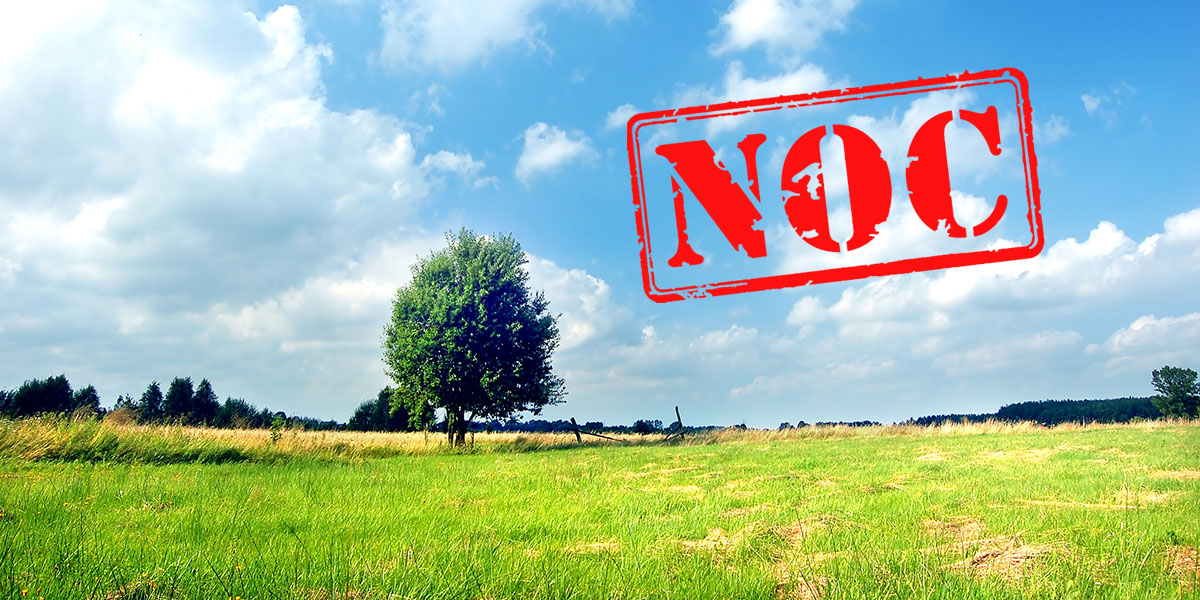
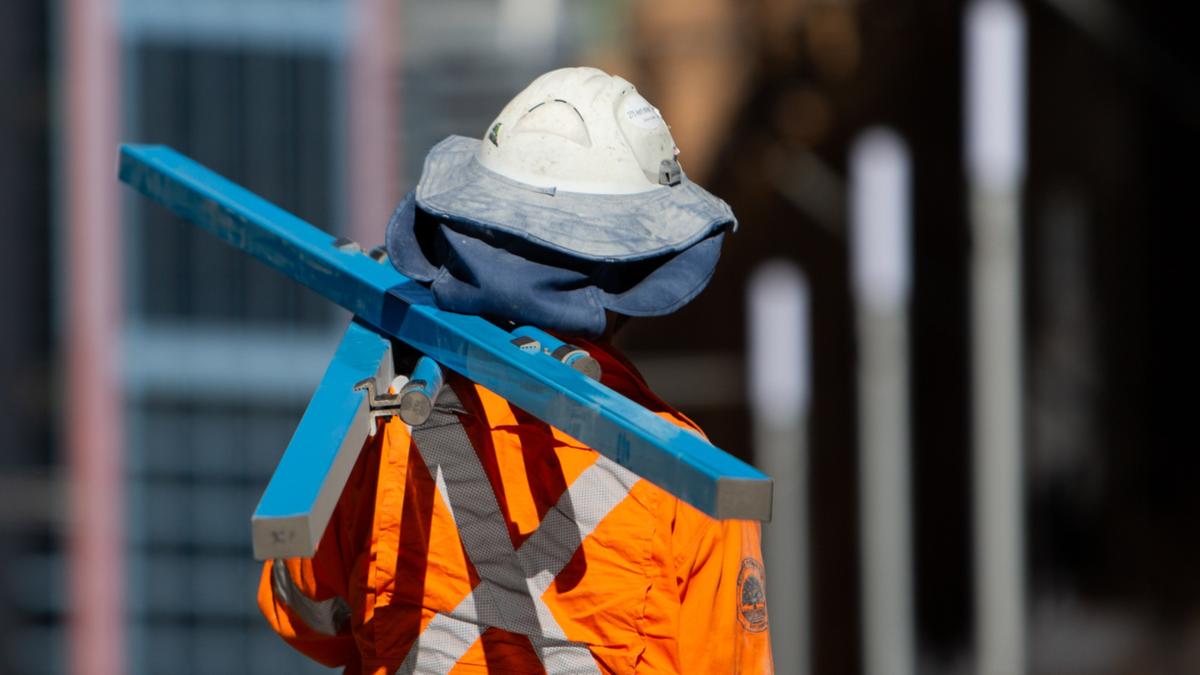
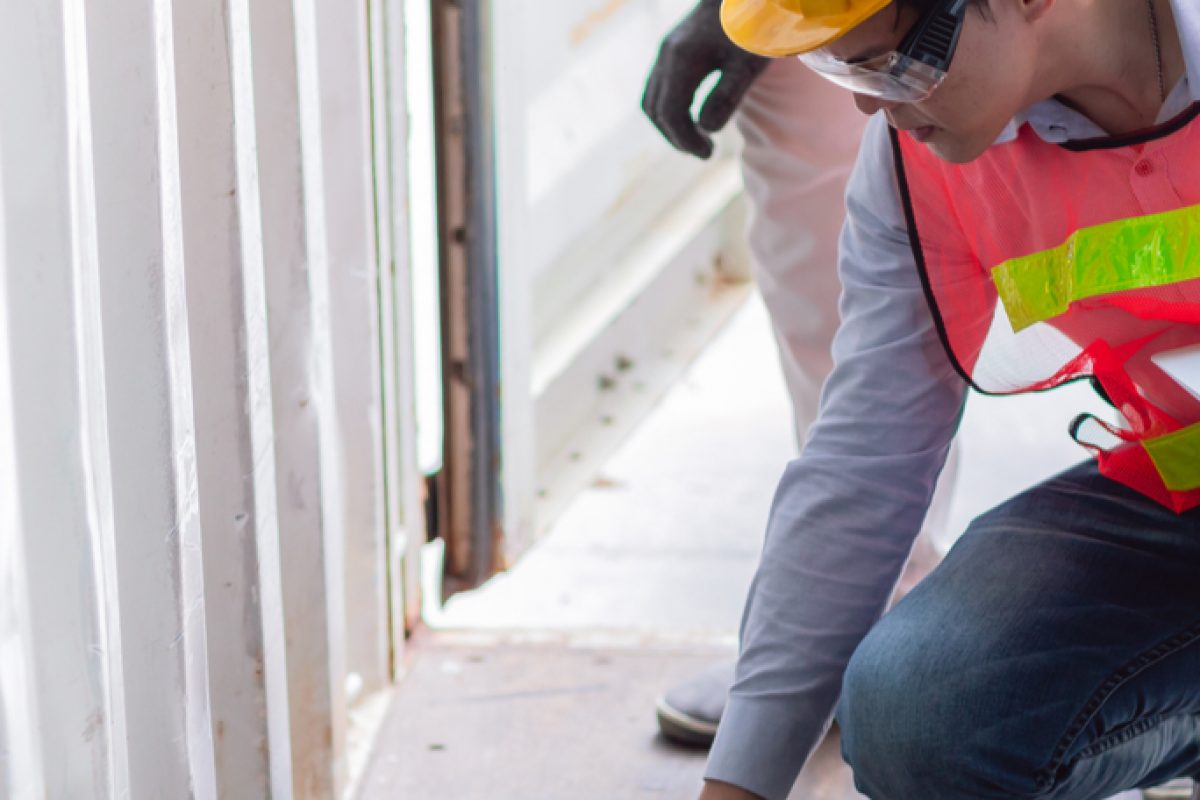
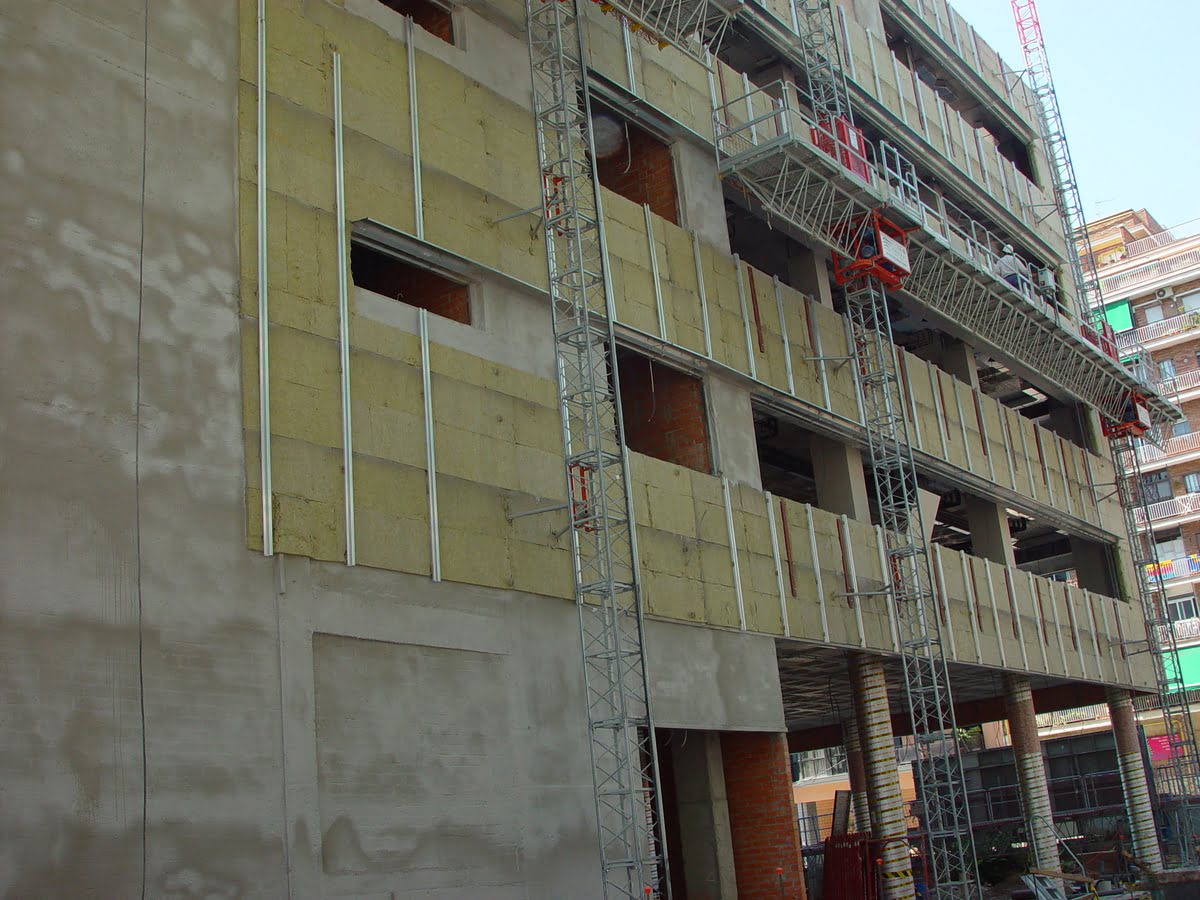
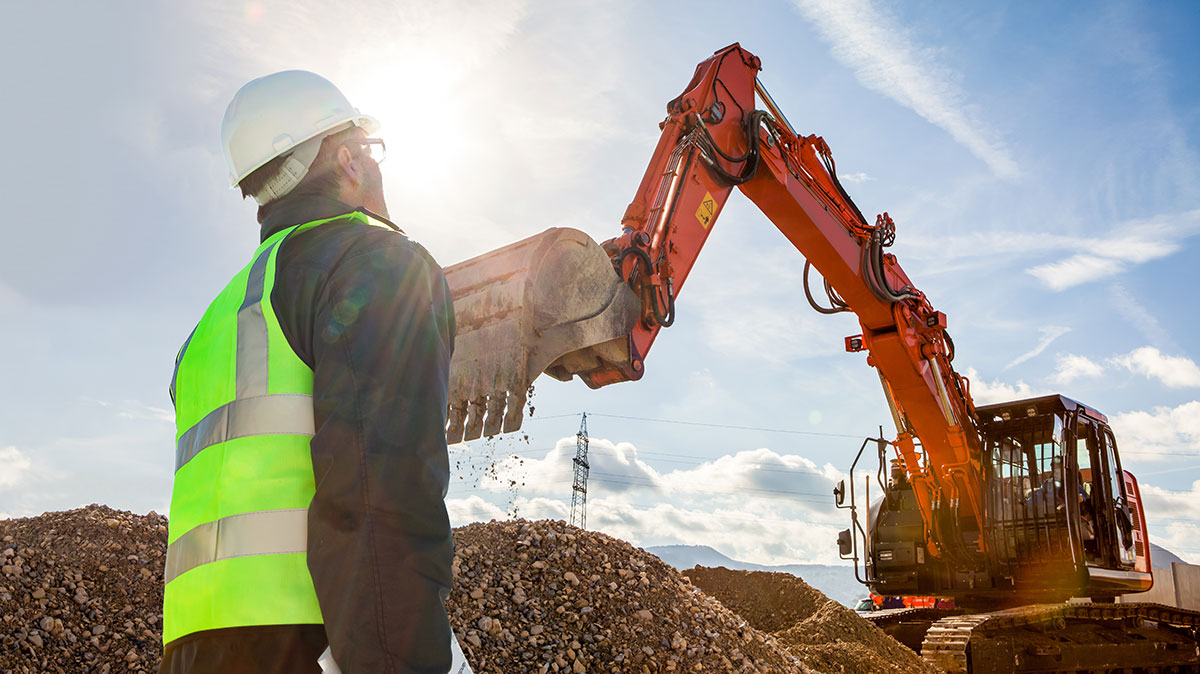

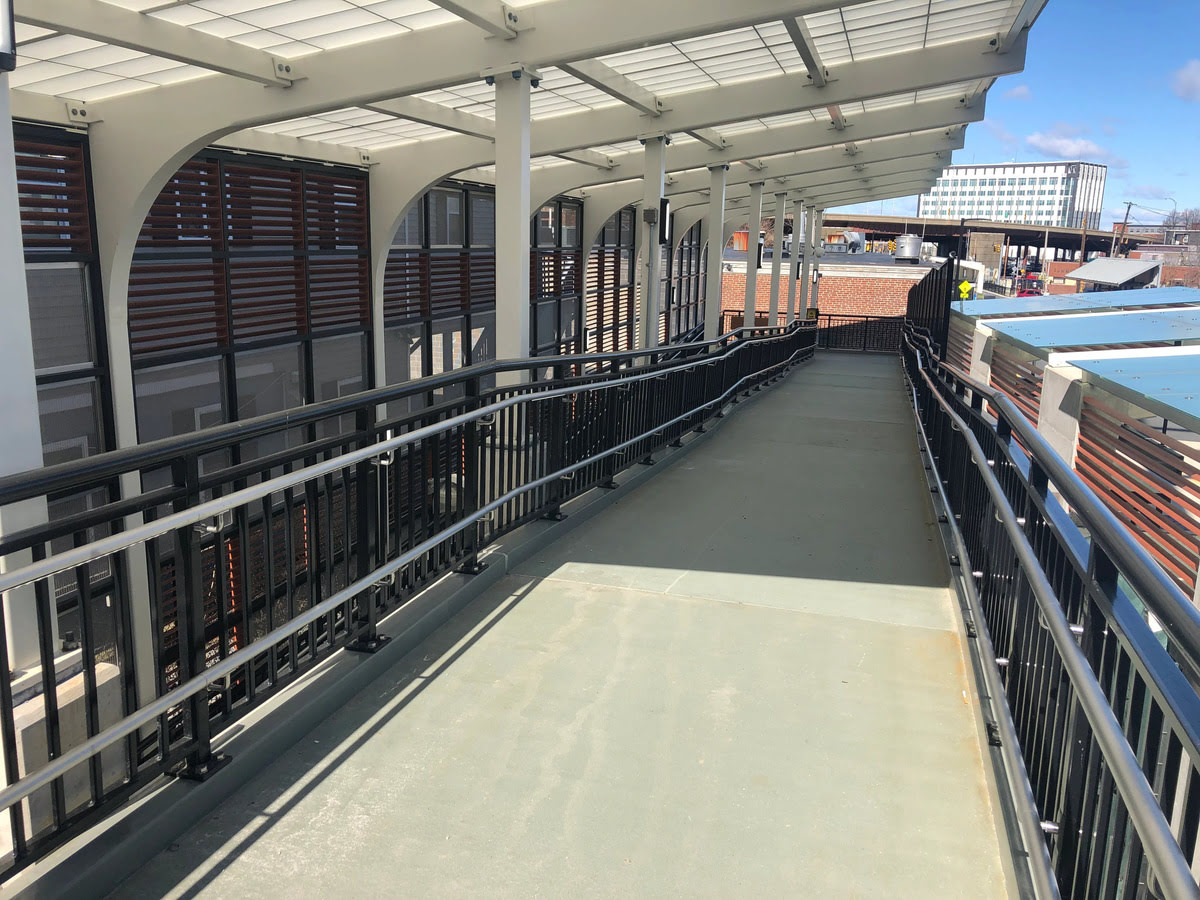
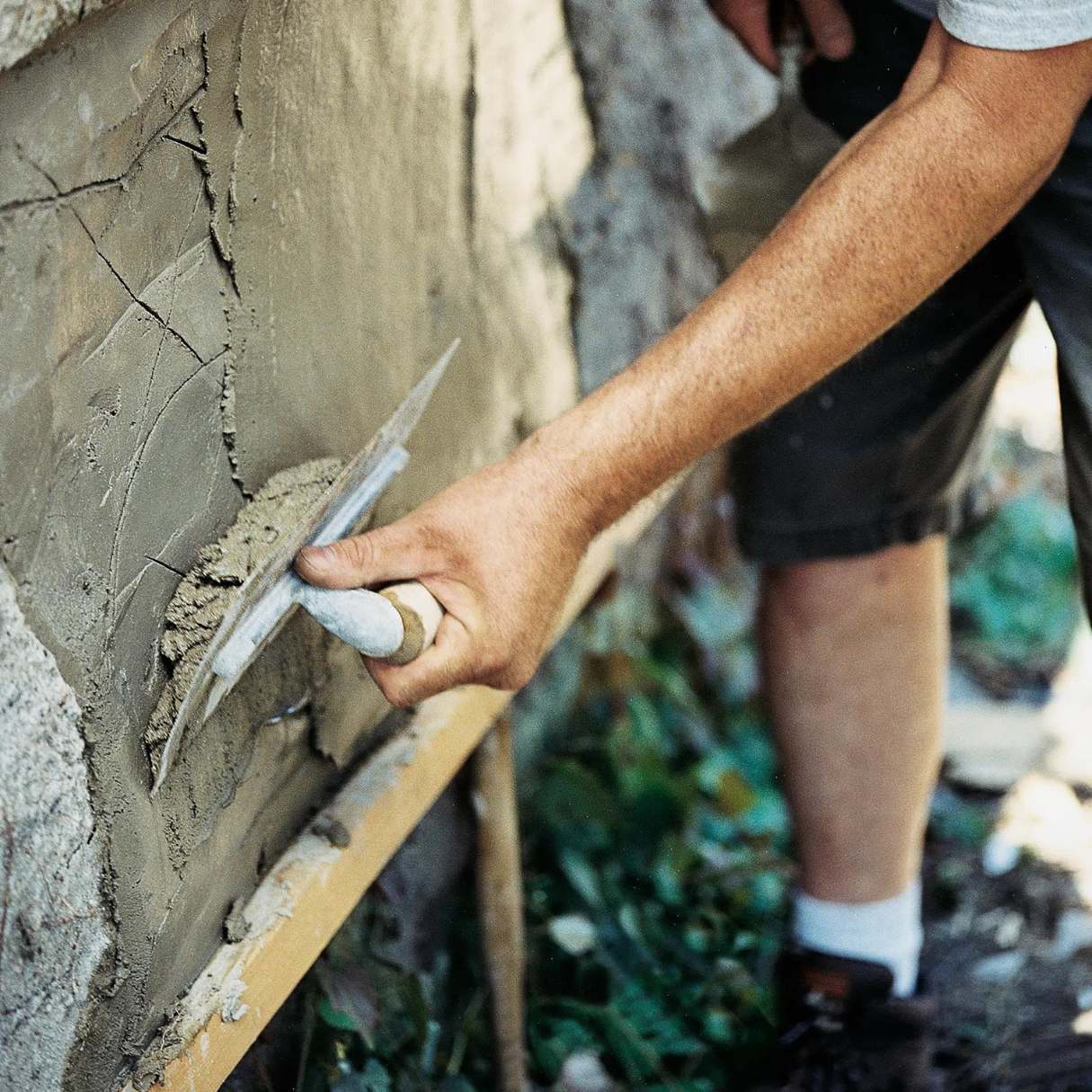
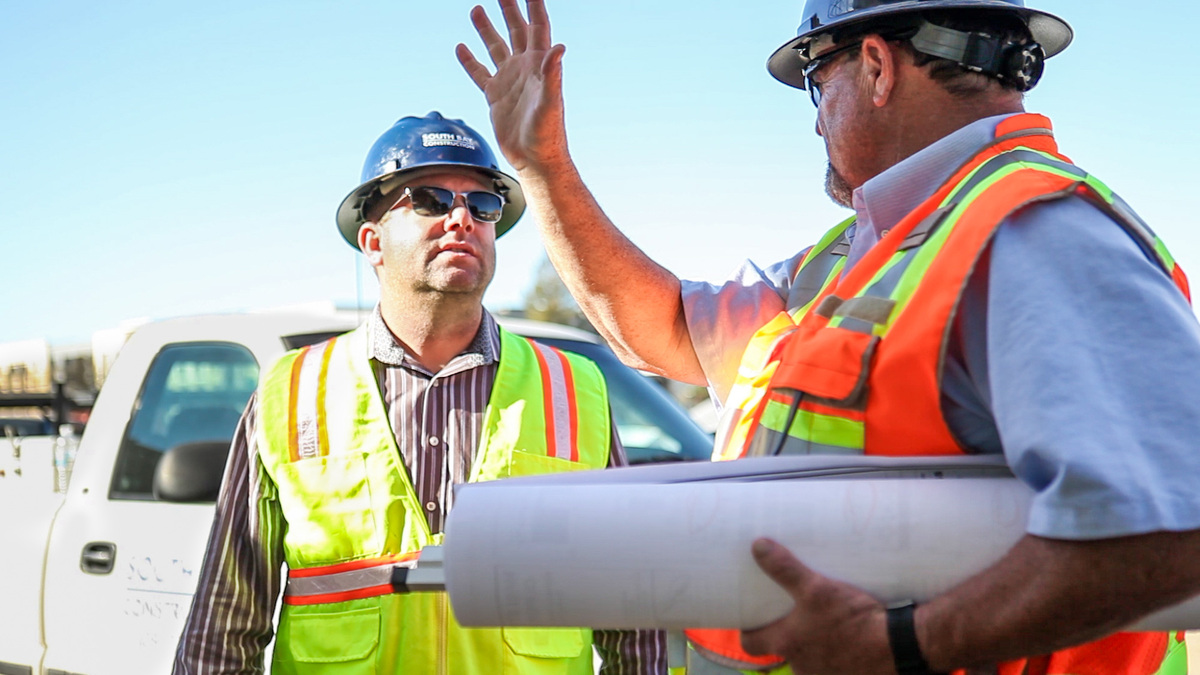
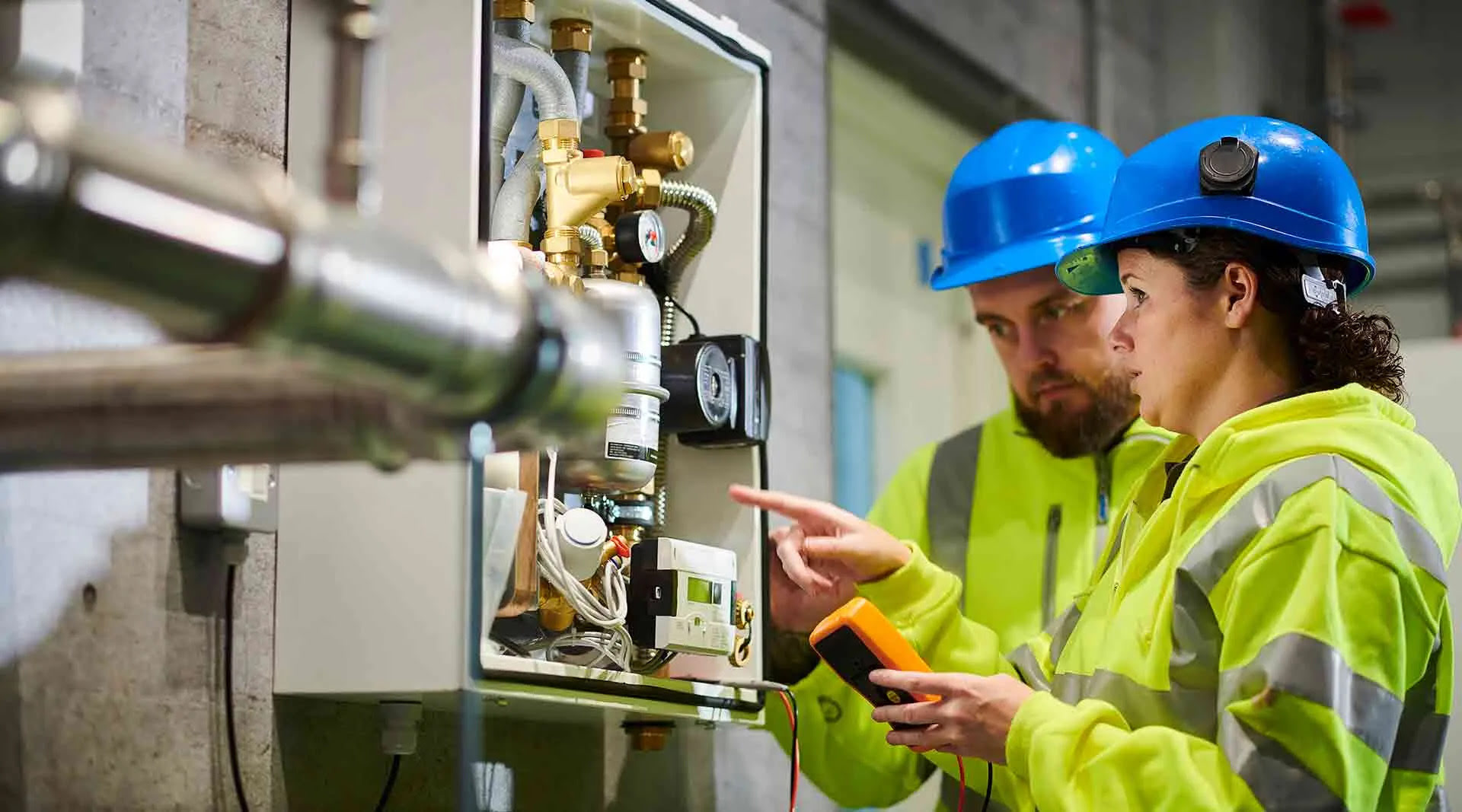
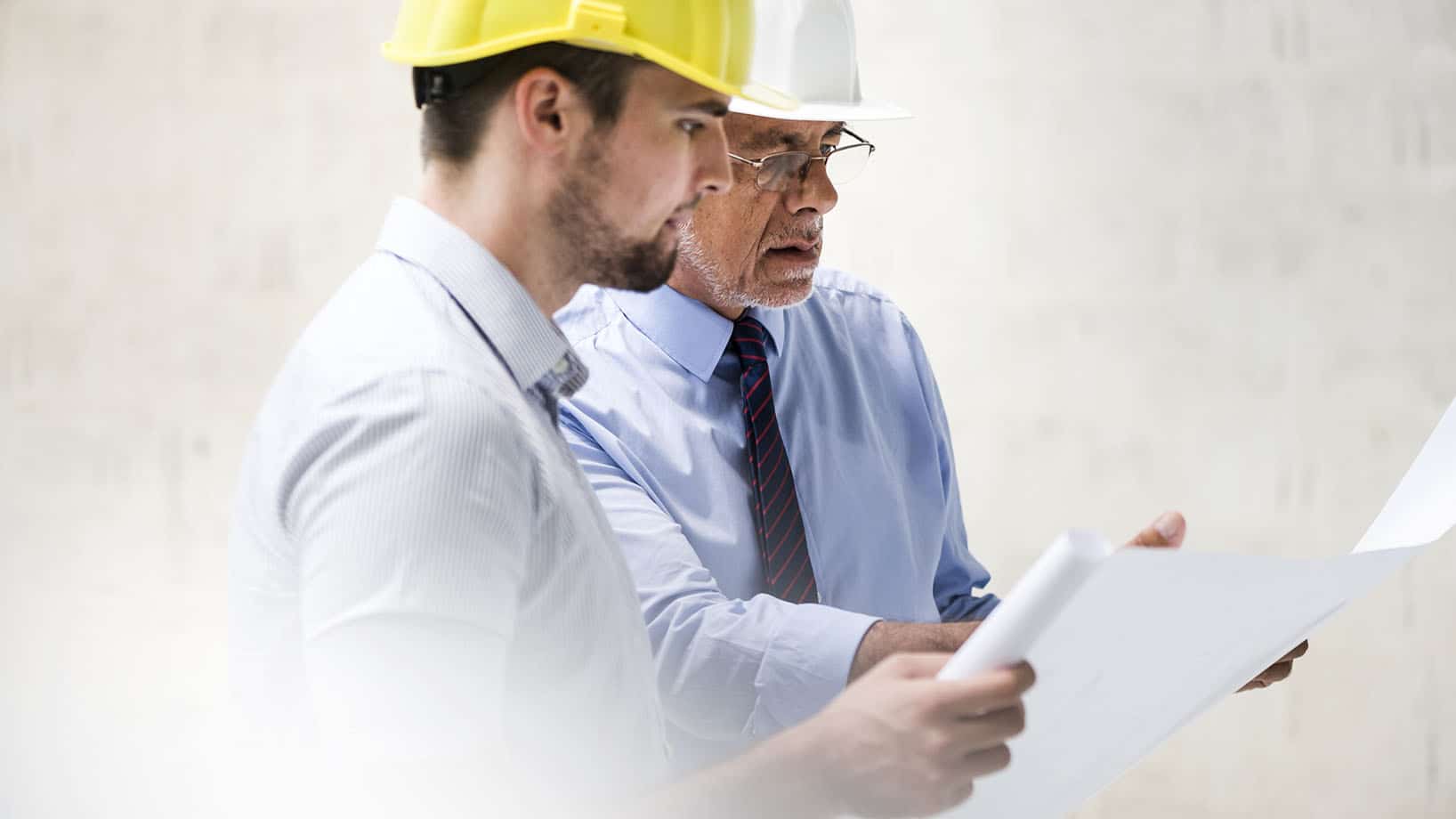
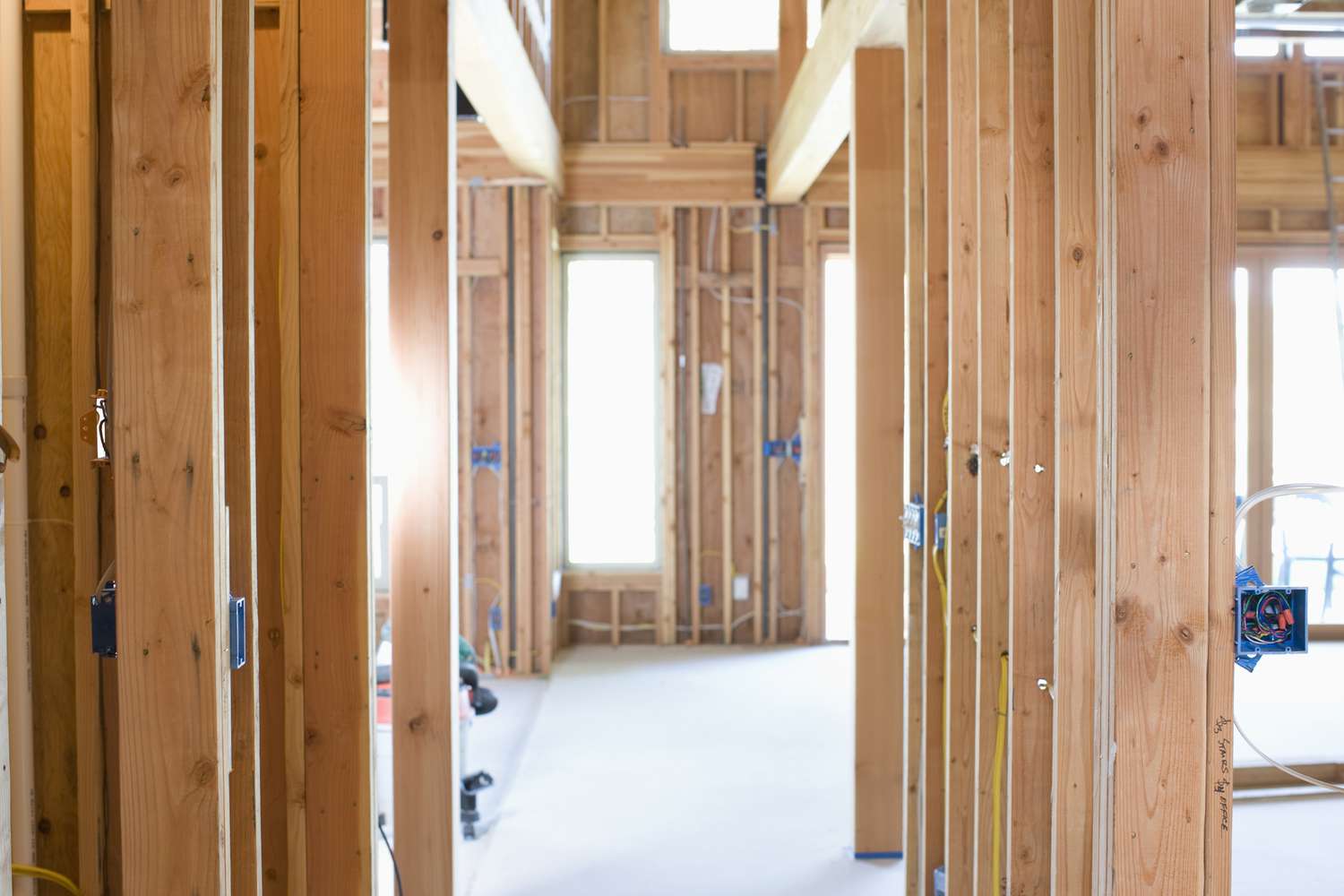
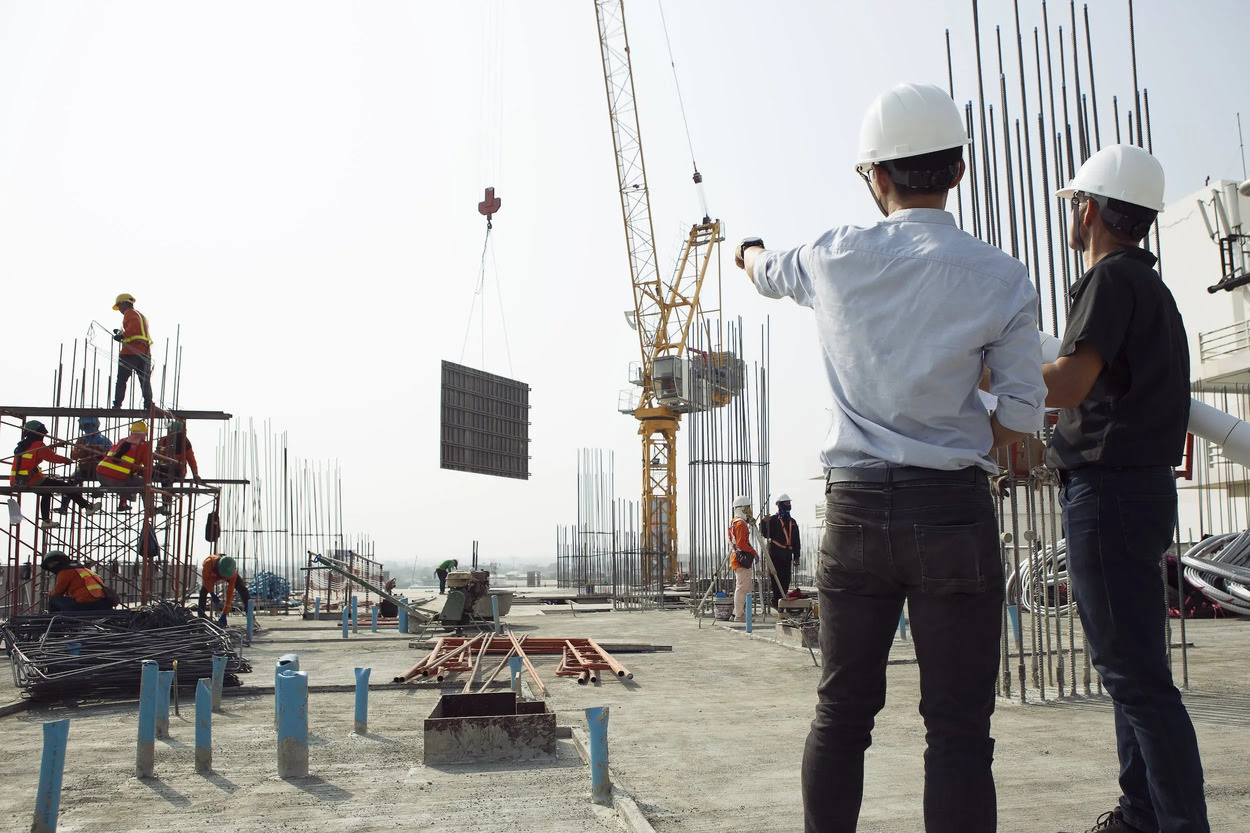

0 thoughts on “What Does Subgrade Mean In Construction”